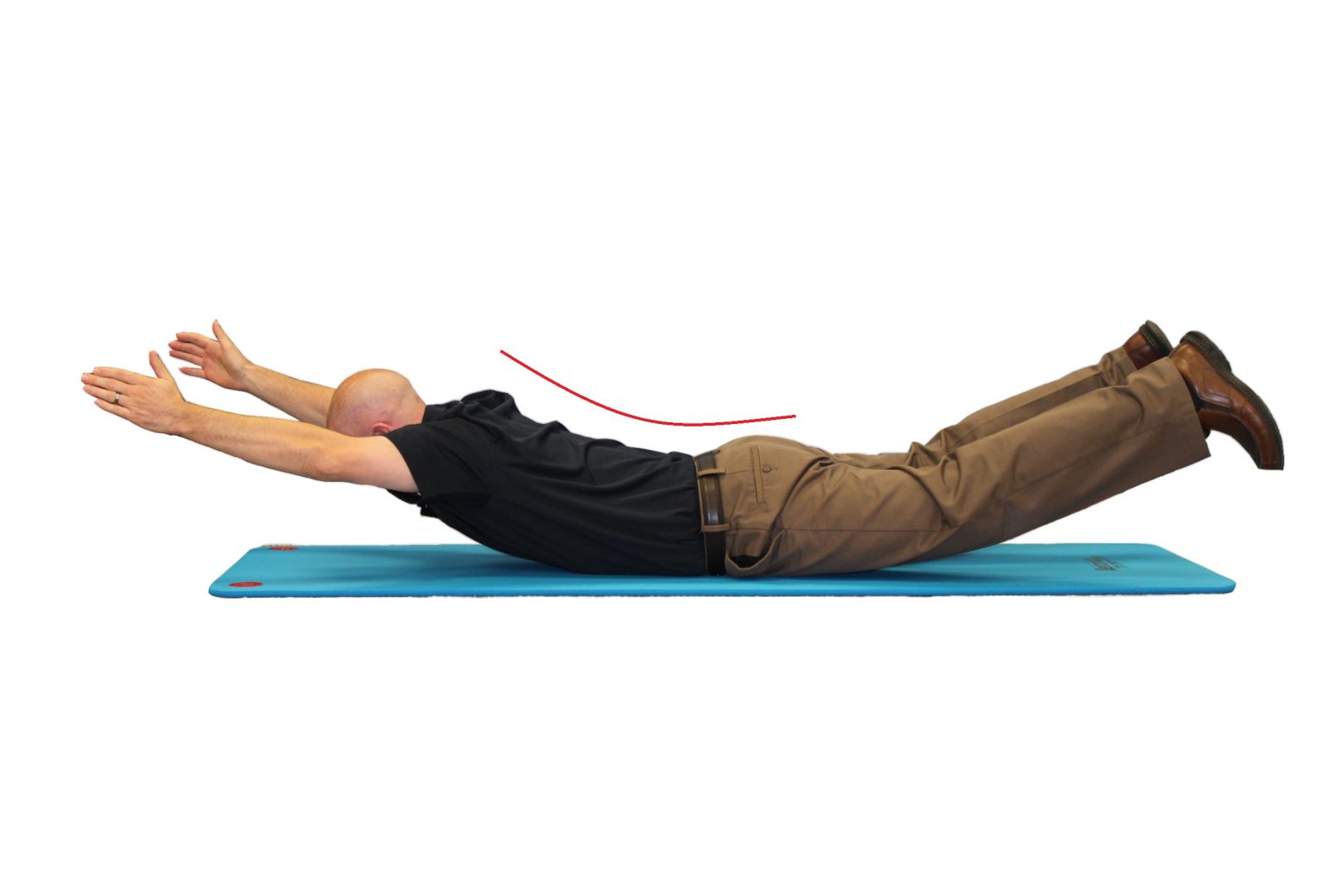Introduction
Back pain is a common ailment that affects people of all ages and lifestyles. Whether it’s due to poor posture, sedentary habits, or underlying medical conditions, back pain can significantly impact one’s quality of life. While rest may provide temporary relief, incorporating regular exercise into your routine is key to maintaining a healthy spine and effectively managing back pain. Let’s know about Role of Exercise in Spine Health.
In this comprehensive blog, we will explore the essential role of exercise in spine health, the benefits of specific exercises for back pain management, and practical tips for incorporating exercise into your daily life.
Understanding the Importance of Exercise for Spine Health
Exercise plays a pivotal role in maintaining a healthy spine and preventing back pain. When done correctly and consistently, exercise can:
a. Strengthen Muscles: Regular exercise targets the muscles that support the spine, including the core, back, and abdominal muscles. Strong muscles provide better support to the spine, reducing the risk of injury and discomfort. Let’s know about Role of Exercise in Spine Health.

b. Improve Flexibility: Flexibility is crucial for maintaining proper posture and range of motion. Exercises that promote flexibility help keep the spine supple and reduce the risk of stiffness and muscle tension.
c. Promote Circulation: Physical activity encourages blood flow to the spinal discs, which are essential for nourishing and hydrating the spine.
d. Maintain Healthy Weight: Maintaining a healthy weight is vital for spine health, as excess weight puts additional strain on the spine and can exacerbate back pain. Let’s know about Role of Exercise in Spine Health.
Beneficial Exercises for Spine Health
Certain exercises are particularly effective for promoting spine health and managing back pain. Here are some of the best exercises to include in your routine:
a. Core Strengthening Exercises: A strong core is crucial for maintaining proper posture and stability. Planks, bridges, and abdominal exercises like crunches are excellent for strengthening the core muscles. Let’s know about Role of Exercise in Spine Health.

b. Low-Impact Cardio: Activities like walking, swimming, and cycling provide cardiovascular benefits without putting excessive strain on the spine.
c. Yoga: Yoga promotes flexibility, balance, and strength, making it an ideal exercise for spine health. Poses like cat-cow, child’s pose, and cobra stretch target the back and promote spinal flexibility.
d. Pilates: Pilates exercises focus on the core muscles, helping to stabilize the spine and improve overall posture.
e. Stretching: Incorporate stretching exercises into your routine to enhance flexibility and relieve tension in the back muscles. Let’s find about Role of Exercise in Spine Health.
Read More:
Tips for Safe Exercise
While exercise is beneficial for spine health, it’s essential to approach it safely, especially if you are experiencing back pain or have pre-existing spinal conditions. Here are some tips for safe exercise:
a. Consult a Healthcare Professional: If you have chronic back pain or any underlying spinal conditions, consult with a healthcare professional before starting an exercise program.
b. Start Slowly: Begin with low-impact exercises and gradually increase the intensity and duration as your strength and flexibility improve.
c. Listen to Your Body: Pay attention to how your body responds to exercise. If you experience pain or discomfort, modify or stop the exercise and seek guidance from a healthcare professional.

d. Focus on Form: Proper form is crucial to avoid injury. If you’re unsure about the correct technique for an exercise, consider working with a certified fitness trainer.
e. Warm-Up and Cool Down: Always warm up before exercising to prepare your muscles and joints for activity. Similarly, cool down after exercising to help your body recover.
Tips for Incorporating Exercise into Daily Life
In our busy lives, finding time for exercise can be challenging. However, there are several strategies to make exercise a part of your daily routine:
a. Schedule Exercise Sessions: Set aside specific times for exercise in your daily schedule, just like any other appointment.
b. Make it Enjoyable: Choose activities you enjoy, whether it’s dancing, hiking, or playing a sport. Enjoyable exercises are more likely to become a regular part of your routine.
c. Break It Up: If finding time for a single workout session is difficult, break it into smaller, more manageable segments throughout the day.
d. Involve Others: Exercise with friends, family, or colleagues. Having a workout buddy can make exercise more fun and motivating.
e. Be Active Throughout the Day: Look for opportunities to be active throughout the day, such as taking the stairs instead of the elevator or going for a short walk during lunch breaks.
Lifestyle Factors That Complement Exercise
While exercise is vital for spine health, certain lifestyle factors can complement its benefits:
a. Maintain a Healthy Diet: Proper nutrition supports bone health and provides essential nutrients for muscle strength and recovery.
b. Stay Hydrated: Drinking plenty of water is crucial for maintaining the hydration of spinal discs.
c. Prioritize Sleep: Getting adequate sleep allows your body to recover and rejuvenate, supporting overall spinal health.
d. Manage Stress: Chronic stress can contribute to muscle tension and exacerbate back pain. Practice stress-reduction techniques such as meditation, deep breathing, or yoga.
e. Avoid Smoking: Smoking can hinder blood flow to the spine and impede the healing process.
Conclusion
Regular exercise is an essential component of maintaining a healthy spine and managing back pain. Through targeted exercises that strengthen the core and back muscles, promote flexibility, and improve circulation, you can reduce the risk of spine-related issues and experience relief from back pain. However, it is crucial to approach exercise safely and consider any pre-existing conditions or pain you may have.
By making exercise a regular part of your routine and complementing it with a healthy lifestyle, you can enjoy the benefits of a strong, flexible, and pain-free spine for years to come. As always, consult with a healthcare professional or fitness expert before starting any exercise program, especially if you have pre-existing back conditions or concerns. With dedication and consistency, you can harness the power of exercise to support your spine and enhance your overall well-being.
Spine care in Gwalior.
Book Your Consultation
Website: https://tinyurl.com/yyzvwmck powered By ArgusDNA
Email: info@klmgroup.org
Ph: 0751-4000721,Mob: 7804826825
Address: 12, Saraswati Nagar, University Road, Near Silver Estate, Thatipur,
Address Link: https://g.page/r/CQ0WqKLEXPWeEAE

